Living Things Animals
Digital products, science, units and themes tags: A crocodile lives in the water.
KS1 Living Things Habitats of WellKnown Animals
Animals depend wholly upon plants for food.

Living things animals. Centuries ago, living things were classified as either plants or animals. Reproduction › sensitivity › living things are able to sense their surroundings. Living things need energy to carry out the.
In an ecosystem, all the organisms that depend on one another in order to eat form a food chain. In older times they were used as work animals to pull carts and to plow fields. Animals are living things 1.
Some animals live on land. Today, the classification of living things helps us gain a better understanding of the world we live in, our relation to living things, and understanding biology better overall. Cows are raised for many reasons including:
Animals are living things 2. Living things include many kinds of organisms, from the plants, animals, fungi, and algae that can be readily seen in nature to the multitude of tiny creatures known as protozoa, bacteria, and archaea that can be seen only with a microscope. Living things の類義語 creatures are a type of living thing.
Living things exhibit locomotory motion, they move. All the big living things that you see, such as animals, plants, slime molds and. Living things can be found in every type of habitat on earth—on land and in lakes, rivers, and oceans.
Living things notice and react to changes in. Living things are also called organisms. A duck lives in the water.
Car, plastic goods, stones, doors, etc. These kingdoms are grouped into three domains, the highest taxonomic rank, namely bacteria, archaea and eukaryota. Scientists classify the living things in 5 groups, they are called kingdoms (reinos).
For example, a living thing can respond to a change in sound, heat, or light. Scientists have discovered about 1.5 million different kinds of living things on earth. General characteristics of living things.
Animals (1, 2, 3, 4, 6, 7, 8 life science) a web quest for grade 1 designed by mkelsey@melrose.mec.edu introduction what does the word “living. Reproduction › sensitivity › living things are able to sense their surroundings. Functions that keep them alive.
For example, a living thing can respond to a change in sound, heat, or light. Animals have babies and most plants use seeds. A horse lives on land.
A fish lives in the water. And some people refer to the unknown animals in. Animals have babies and most plants use seeds.
Birds, insects, animals, trees, human beings, are a few examples of living things as they have the same characteristic features, like eating, breathing, reproduction, growth, and development, etc. There are two kinds of living things: Although all these organisms are.
(i) animals, including human beings; They obtain and use energy to survive. Animals and plants depend upon each other.
Living things are made up of a cell or cells. The food chain of living things. Milk, cheese, other dairy products, also for meat such as beef and veal and materials such as leather hide.
Sensitivity › growth › all living things grow and develop. Living things are able to move about. Plants move by responding to light.
Earthworms use circular and longitudinal muscles to move through soil or along surfaces. Animals, plants, fungi, algae, protozoans, and bacteria are living things. A zebra lives on land.
Scientists can tell living things and nonliving things apart because living things behave in ways that nonliving things do not. Sensitivity › growth › all living things grow and develop. For example men, dogs, goats, cats, ants, plants, trees, etc.
Omnivores, which include pigs, bears, and humans, eat both plants and animals. This may be obvious, such as animals that are able to walk, or less obvious, such as plants that have parts that move to track the movement of the sun. Animals move from place to place.
All living things can move Flesh and meat eating animals also depend upon plants, because flesh. A pig lives on land.
This family also includes gazelles, buffalo, bison, antelopes, sheep and goats. According to the theory of evolution, the oldest living things on earth are believed to be the bacteria. Animals get their energy from food.
Carnivores, like lions and wolves, eat meat. All living things move in some way. Some animals live in the water.
If you were to look at them through a microscope, you might see vague blobs, balls, or tubes that look pretty similar to each. They can respond to light, heat, sound, taste, sight or touch. A living thing can make a copy of itself through reproduction.
Plants move in order to catch sunlight for photosynthesis. Herbivores, like deer and hare, feed on plants. Let’s take a closer look at the classification, a little bit of its history, and some tips for learning how to use it when exploring a.
Are some of the living things. A living thing can make a copy of itself through reproduction. Creatures are usually a name given to a living thing that we find creepy or scary eg some people refer to spiders as creatures.
KS1 Living Things Difference Between Animals and Plants

The largest animal, insect, tree, and living thing on
KS1 Living Things Animals and Plants Depend on Each Other
KS1 Living Things Animal Habitats and Homes
KS1 Living Things Difference Between Animals and Plants
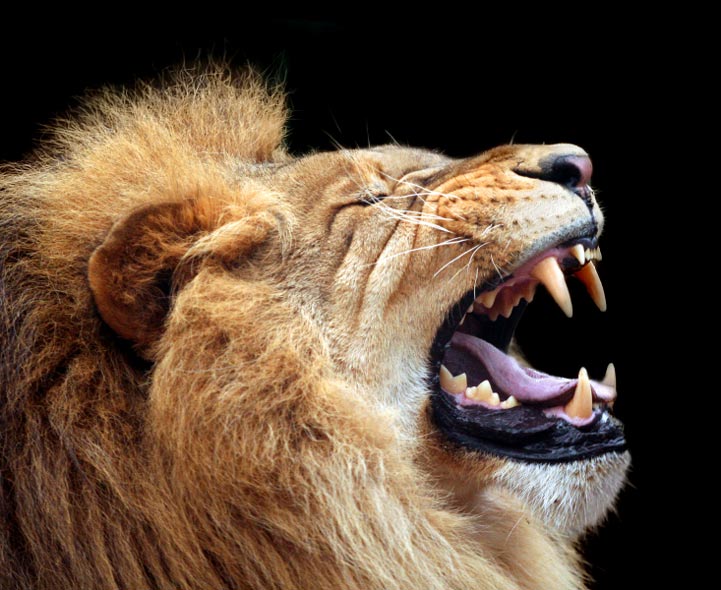
KS1 Living Things Difference Between Animals and Plants
KS1 Living Things Habitats of WellKnown Animals
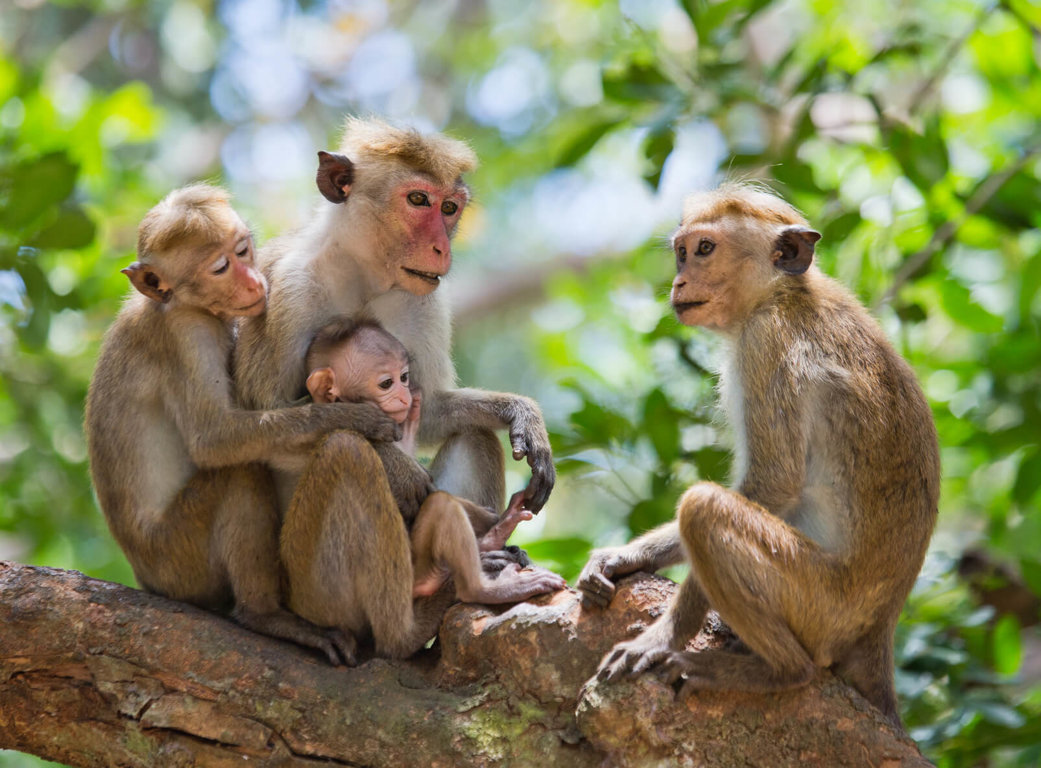
Why Habitats Matter Wild Earth News & Facts by World
KS1 Living Things Animal Habitats and Homes
KS1 Living Things Habitats of WellKnown Animals
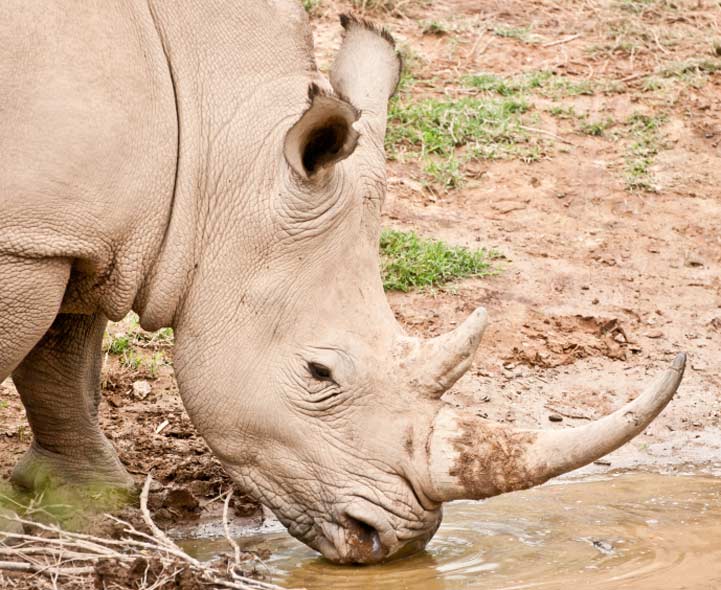
KS1 Living Things Animals and Plants Depend on Each Other
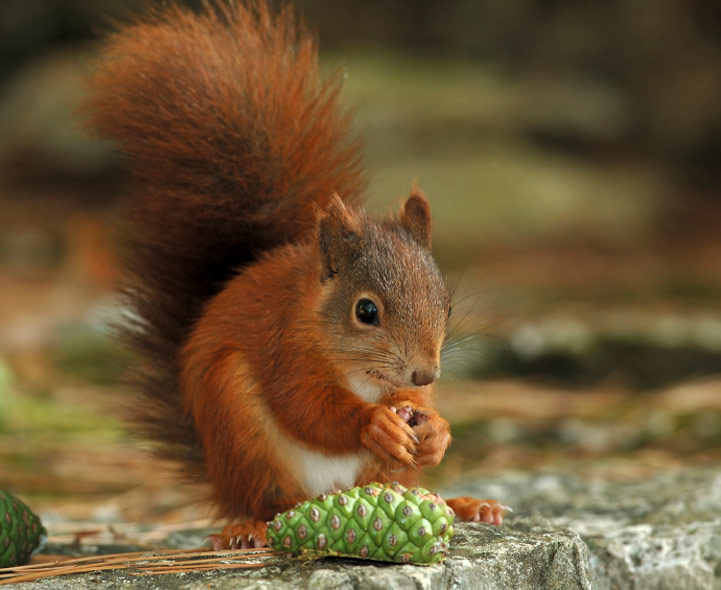
KS1 Living Things Animals and Plants Depend on Each Other

Diversity of Living Things Meet a Sloth! Giver on the

Animals... and other living organisms YouTube
KS1 Living Things Habitats of WellKnown Animals
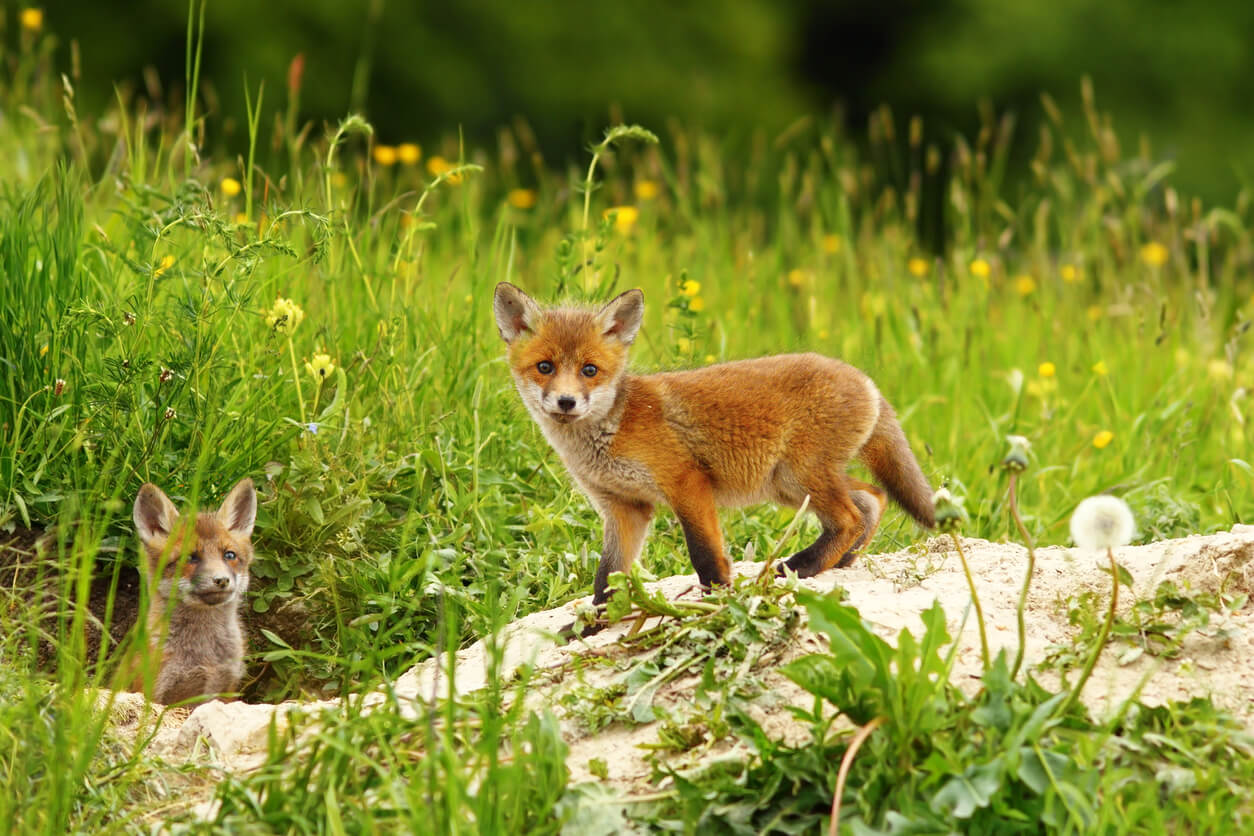
8 of the best living things and their habitats resources
KS1 Living Things Habitats of WellKnown Animals

Top 10 Shortest Living Animals In The world
Post a Comment for "Living Things Animals"